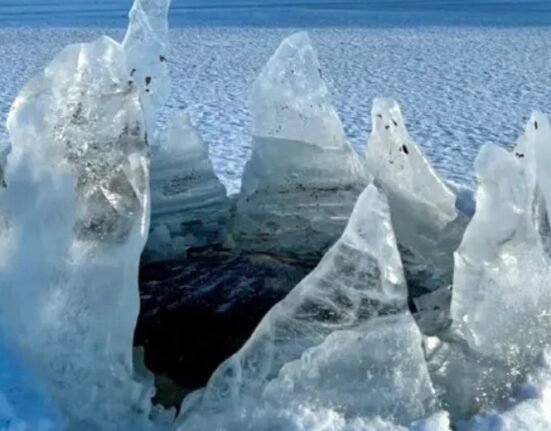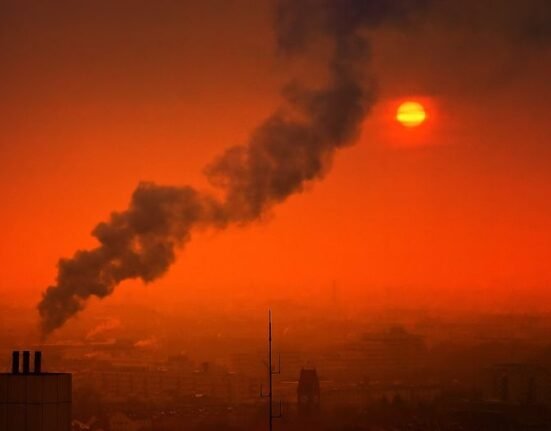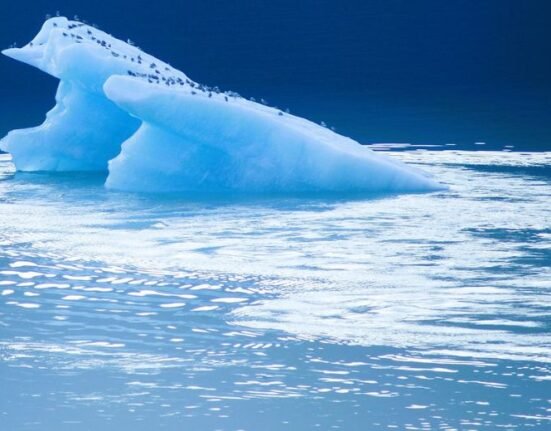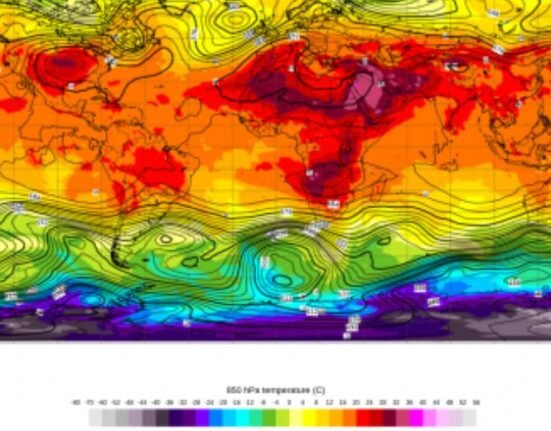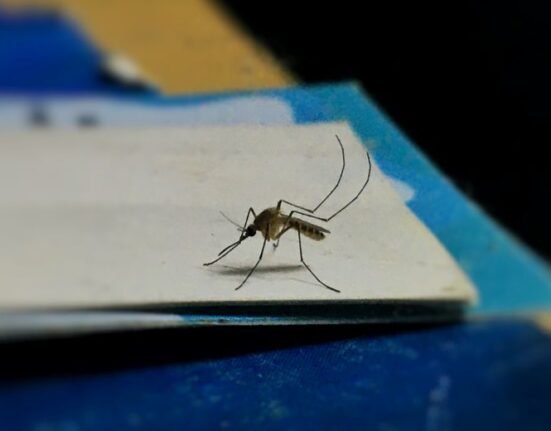HQ Team
October 18, 2022: The Alaska Department of Fish and Game has cancelled the winter crab season in the Bering Sea for the first time in state history due to the depleting number of crabs.
According to state officials, an estimated one billion crabs have mysteriously disappeared from the region. This drop marks a 90 per cent decline in their population. Some believe that the crabs have been struck by some mysterious disease but the general consensus is that the changing climate has led to their demise.
The snow crab population shrank from around 8 billion in 2018 to 1 billion in 2021, according to Benjamin Daly, a researcher with the Alaska Department of Fish and Game.
The National Oceanic and Atmospheric Administration says that Alaska is witnessing unprecedented global warming compared to other states in the US. The state feels the brunt of global warming, and it’s clear what it is doing to their ice and ecosystems.
Scientists have reported that temperatures around the Arctic have warmed four times faster than the rest of the planet. Climate change has triggered a rapid loss in sea ice in the Arctic region, particularly in Alaska’s Bering Sea, which has amplified global warming.
The ecosystem of Alaska has changed with the warming temperatures, and many species have gone extinct or are barely surviving. The International Union for Conservation of Nature (IUCN) in 2017 listed 455 critically endangered fish species, including 87, which are tagged as possibly extinct. The disappearance of these fishes and other species has upset the food balance of the marine animals here.
Apex predators are disappearing, and bottom trawling is tearing the ocean apart. Overfishing is another reason. Global wildlife populations have declined by 69% since 1970, according to a WWF report. The snow crab population shrank from around 8 billion in 2018 to 1 billion in 2021, according to Benjamin Daly, a researcher with the Alaska Department of Fish and Game.
Between the surveys conducted in 2021 and 2022, he said, mature male snow crabs declined about 40%, with an estimated 45 million pounds left in the entire Bering Sea.
“These are truly unprecedented and troubling times for Alaska’s iconic crab fisheries and for the hard-working fishermen and communities that depend on them,” said Jamie Goen, executive director of Alaska Bering Sea Crabbers, a trade association. “Second- and third generation crab-fishing families will go out of business due to the lack of meaningful protections by decision-makers to help crab stocks recover.”
In a statement, the fish and game department (ADF&G) said that now conservation efforts need to be ramped up given the conditions of the stock.
“With crab industry input, ADF&G will continue to evaluate options for rebuilding, including potential for sustainably fishing during periods of low abundance. This will allow ADF&G to work on issues related to state and federal co-management, observer coverage, discard mortality and fishery viability.”




